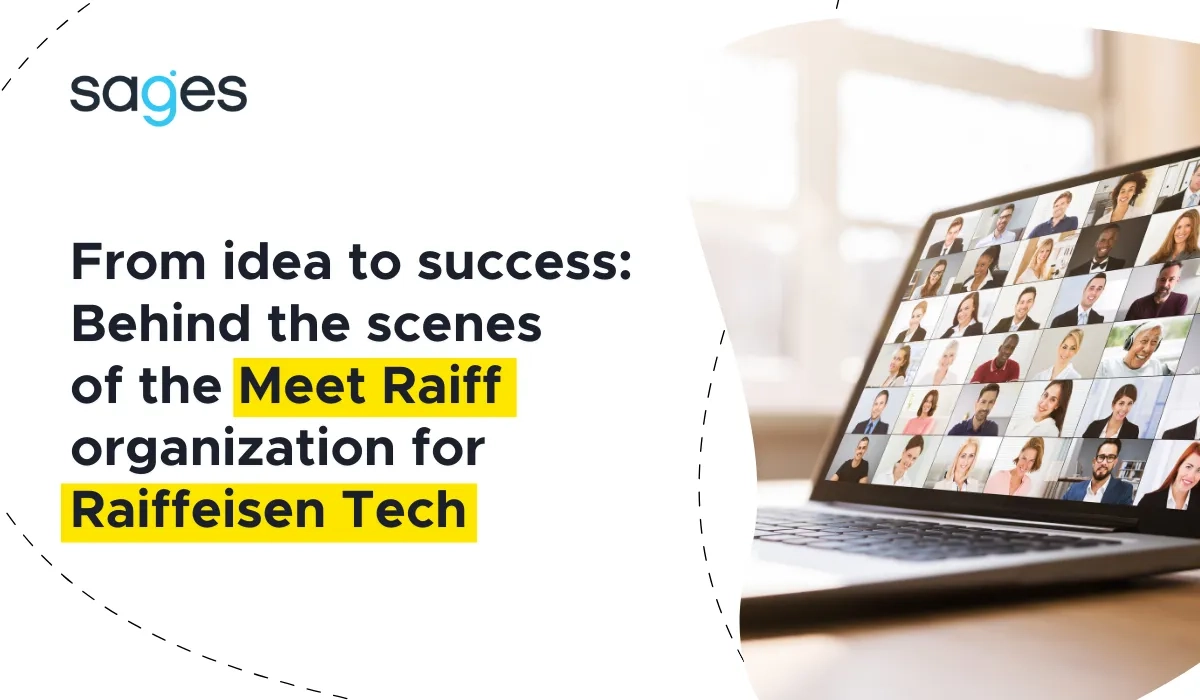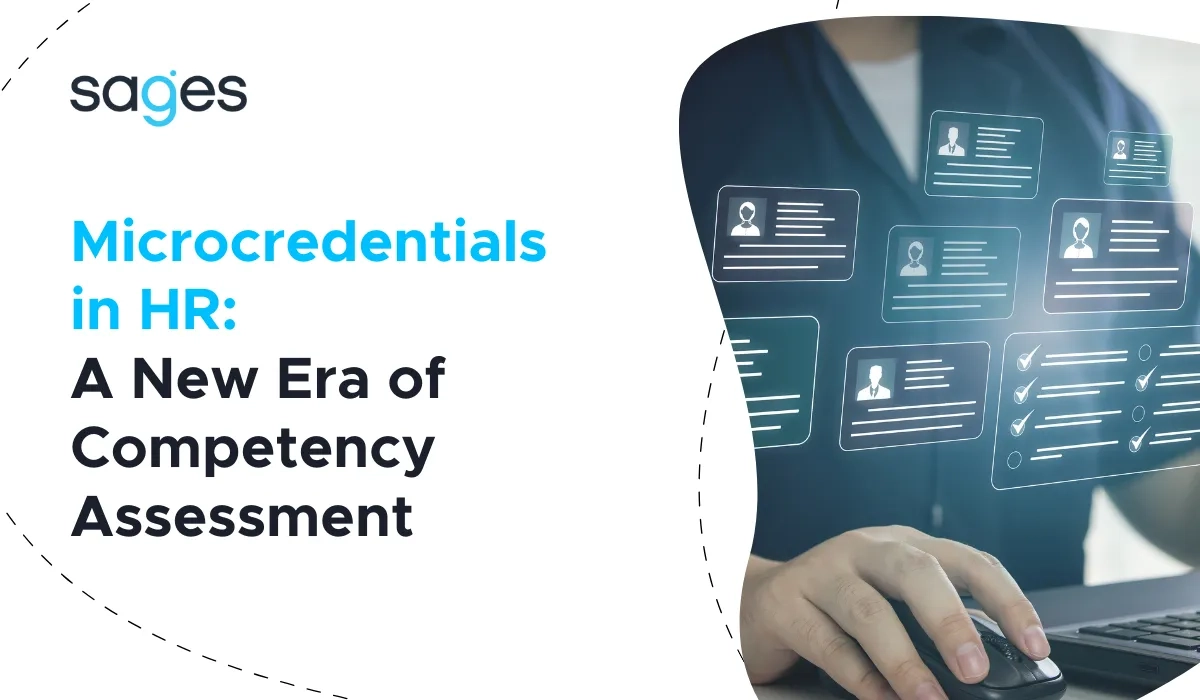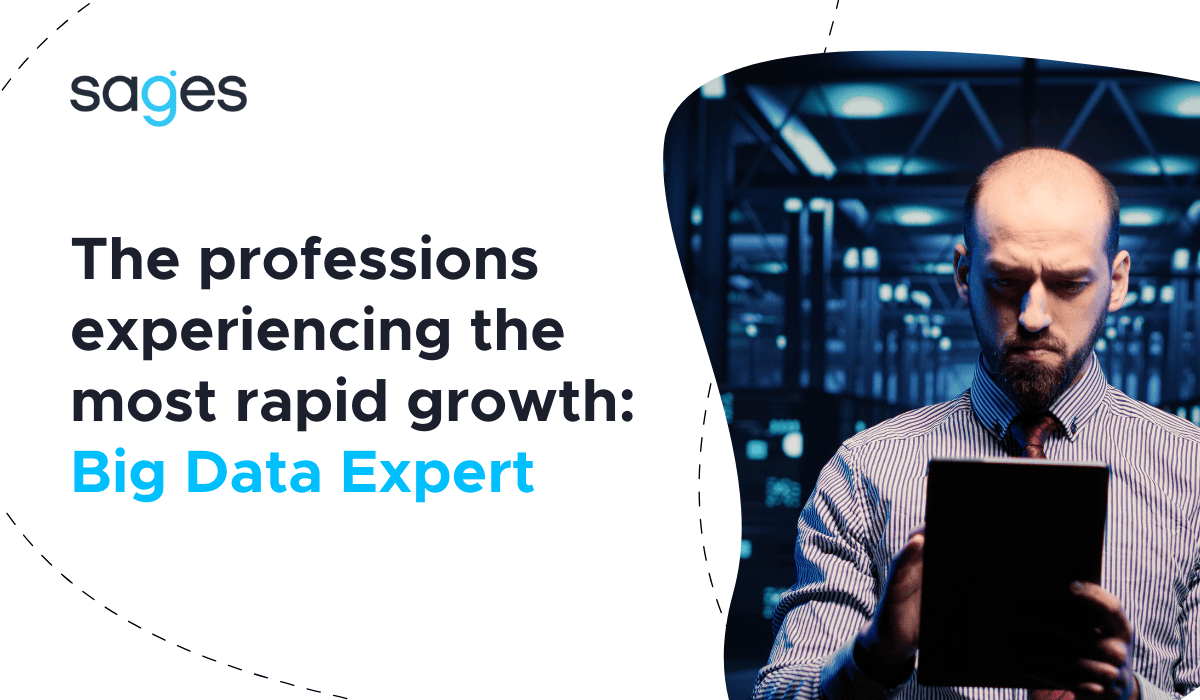Deep learning is used to solve business problems in various areas. A natural part of the development of algorithms in practice is to improve their performance - if the existing performance can be beaten, the solution can be improved. There are many factors that can affect the choice of an appropriate algorithm, i.e. the quality of the data you have or the right choice of algorithm depending on the data you have.
Deep learning - choosing an algorithm depending on the data you have
Depending on what data we have, we can use a different type of algorithm. For most deep learning problems, we implement so-called deep neural networks.
The two most common types of data where we choose to use deep neural networks are discussed below:
Example 1: Our database contains textual data, e.g. comments on social networks about political parties
In a situation where our data is in text form, we use so-called recurrent networks and methods based on recurrent networks, e.g. Long Short Term Memory (LSTM) networks, GRU.
Description of the situation: suppose we are a political party that is preparing for an election campaign. We want to attract a new group of voters such as those who have not voted for us before. We have available comments on our fanpage in social networks like Twitter and Facebook. The comments are plentiful. Using recurrent networks, which are used, among other things, for classification algorithms, we are able to examine the overtones of these comments: whether they are positive or negative. They can also have "rather positive" or "rather negative" overtones. Then we can distinguish four groups of comments: positive comments, rather positive comments, negative comments and rather negative comments. By building an algorithm to make this division, we can identify a group of those who don't usually vote for us because they don't belong to the target group (young people from big cities). This means that we can convince them with something, thereby expanding our electorate and winning the election, which deep learning has helped us to do.
2 Example 2: Our database contains images of people in a clothing store
We usually analyze databases, which are images, with the help of Convolutional Neural Networks. With the help of these algorithms, we are not only able to distinguish which photo has a dog and which one has a cat, but most importantly, we can perform detection of different objects in the photos.
Description of the situation: we run a clothing store in a large shopping mall in one of Poland's largest cities. The government has reintroduced mandatory wearing of masks. In addition, they should be FFP2 type masks. Using weave networks and detection algorithms (including such detection networks as Yolo, for example), we can find out how many people in the picture are wearing a mask and how many are not. In this case, using deep learning algorithms, we can check whether our employees are effectively complying with sanitary regulations. For any such case related to locating the object in the photo, we use, for example, the Yolo algorithm. In addition, this solution will tell us how confident it is in its choice, e.g. I am 99% sure that I see a car. An example of how it works below:

Learn about Machine Learning with TensorFlow
If these issues are interesting to you and you want to learn about them in more detail, or also deal with other applications of neural networks, get acquaintedwith the TensorFlow library in Python.This library allows you to work with neural networks and create algorithms like the ones described above. The best way to learn about this topic is to attend a Machine Learning with TensorFlow training course conducted by a practitioner with many years of experience, who will talk about the details of each method. Machine learning training with TensorFlow is the first step that will bring you closer to becoming an expert in deep learning and solving not only problems like the above, but also many more complex business problems. You can find the entire training program on our website.




